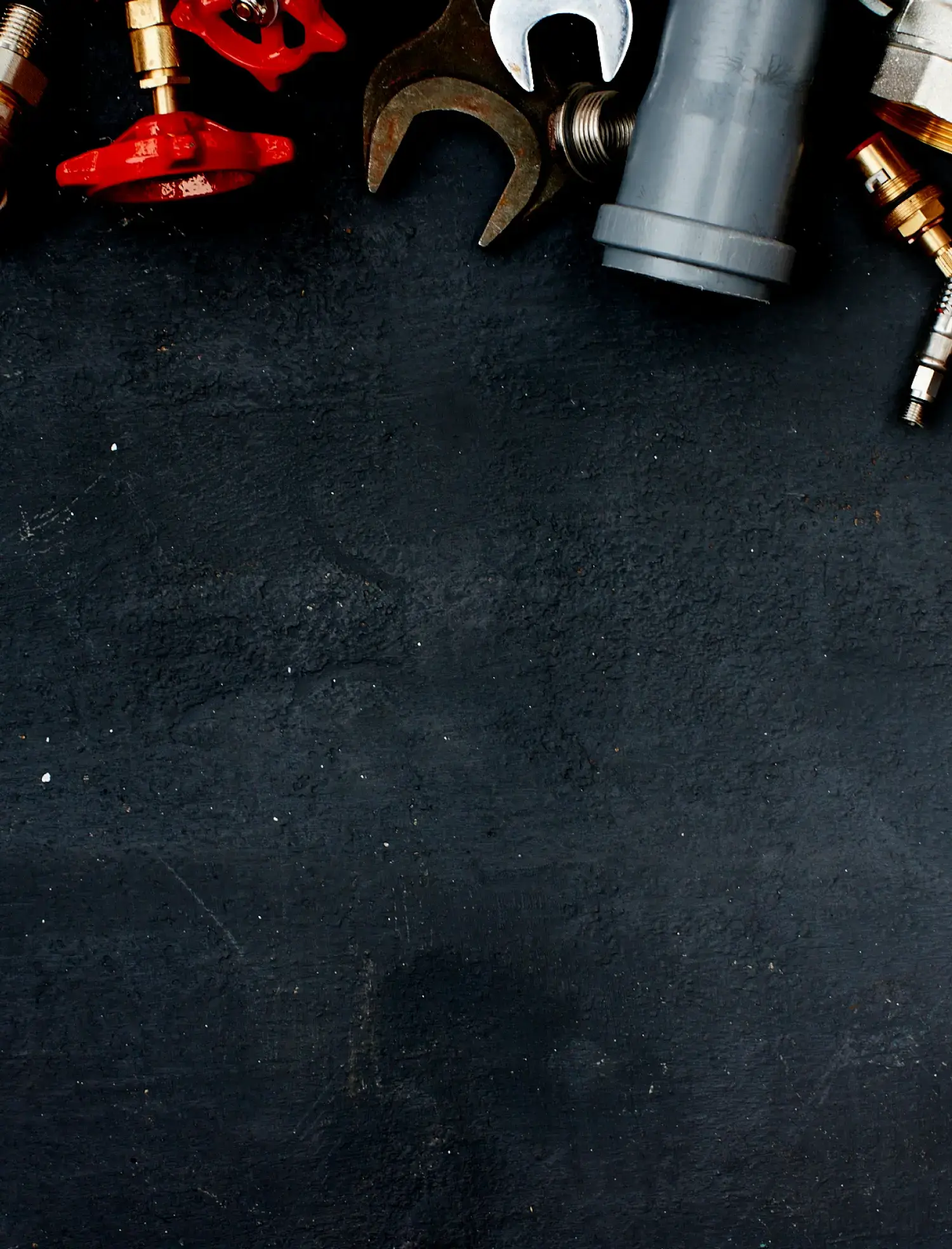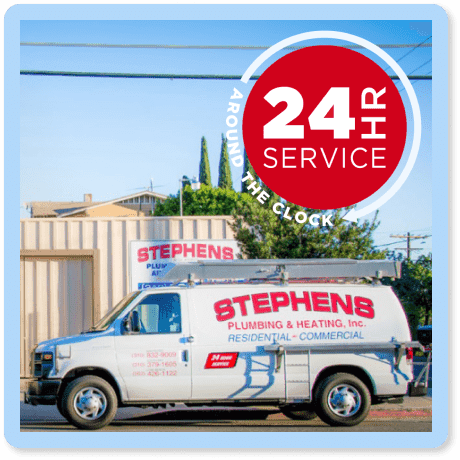Tree Roots in Your Sewer Line? Here’s What to Do
Stephens Plumbing
June 5, 2025

Out of all the plumbing misadventures you could have, tree roots in your sewer line are among the sneakiest. Roots love moisture and, unfortunately, your sewer line is an easy target. Over time, even a small crack can invite tree roots, causing slow drains and clogs.
The good news? If you catch the issue early, you can fix it without digging up your yard. Here’s how to get rid of tree roots in your sewer line.
Common Warning Signs of Tree Root Growth
While tree root invasion happens underground, you can catch it early if you know what to look for:
- Slow & Gurgling Drains: If water drains slowly or your toilet gurgles when you flush, it could mean that a tree root is blocking the sewage line.
- Backups: If you’re experiencing clogs or frequent backups, even after snaking and plunging, tree root growth may be the culprit.
- Foul Odors: Catching a whiff of sewage in your backyard or basement? It could mean the sewer line is cracked or blocked by roots, allowing gases to escape.
- Unusually green patches of grass: Notice an oddly green or wet patch of grass? A leaky sewer line caused by root intrusion may be to blame.
- Bubbling drains: Does your tub or shower drain gurgle when you flush the toilet? This could be caused by tree roots blocking the main line.
How to Get Rid of Tree Roots in the Sewer Line
When you notice slow drains or frequent backups, it’s tempting to reach for drain cleaners and hope for the best. Unfortunately, most of these over-the-counter solutions don’t touch tree roots—worse, they can corrode your pipes.
Instead, here’s how to get rid of tree roots in your sewer line safely and effectively:
Chemical root treatments (the right kind)
Professional-grade root killers are specifically designed to kill tree roots in sewer lines without damaging your pipes. These products are often flushed into the line, breaking down existing growth and preventing regrowth.
Can you use them yourself? Technically, yes. Many of these products are available at hardware stores. But before you begin pouring products down your drain, you need to know what you’re dealing with.
We recommend having your line scoped with a camera first. If root growth is minor, a chemical treatment may be all you need to eliminate tree roots in the sewer line.
Professional Augering
When chemical root treatments aren’t enough to get rid of tree roots in the sewer line, professional augering is often the next step.
This process uses a specialized machine with a rotating blade attachment to cut through thick roots.
It’s a fast, effective way to clear the line and restore flow. Unlike chemical treatments, which take time to work and may only partially kill the roots, augering physically removes them on the spot.
Regular Maintenance
Prevention is always the best way to avoid tree root sewer line repair costs. Here’s what we recommend:
- Annual Inspections: Even after removal, tree roots often grow back, especially if the entry point in the pipe hasn’t been repaired. We recommend scheduling annual camera inspections to catch root growth before it causes a backup.
- Root Barriers: There are two types of root barriers:
- Physical: These are usually made from plastic or metal and are installed vertically in the soil. They form a wall that physically blocks roots from growing toward your sewer line.
- Chemical: These come in the form of treated gels or fabrics containing root-inhibiting compounds like copper sulfate. When installed near a sewer line, they create a treated zone in the soil that discourages root growth without harming the tree.
- Tree Removal: While tree removal is a permanent solution, we treat it as a last resort. Why? Removing a tree can be expensive, may require permits, and often means losing valuable shade. That said, if the tree is too close to your sewer line and is causing repeated damage, removal might be the smartest long-term solution to tree root sewer line repair costs.
Get to the Root Cause of Your Sewer Issues
Whether it’s a slow drain, strange odor, or a yard that’s suddenly too soggy, we can quickly diagnose the issue and recommend the right fix—before it turns into a costly repair. Contact us today to schedule service!

Join Our Team
Interested in becoming a part of the Stephens family? Submit your application now for one of our plumbing or HVAC jobs!





